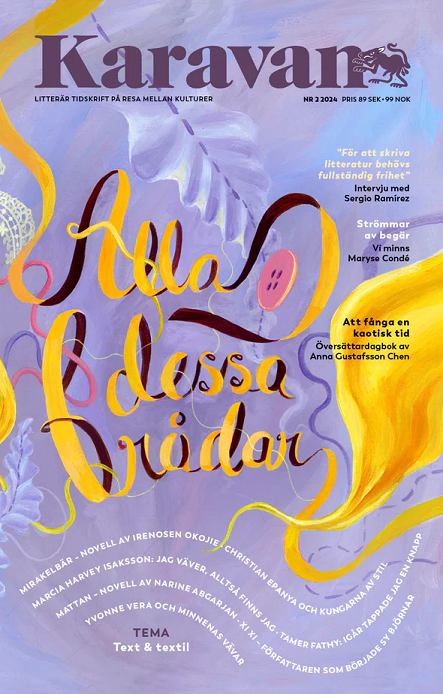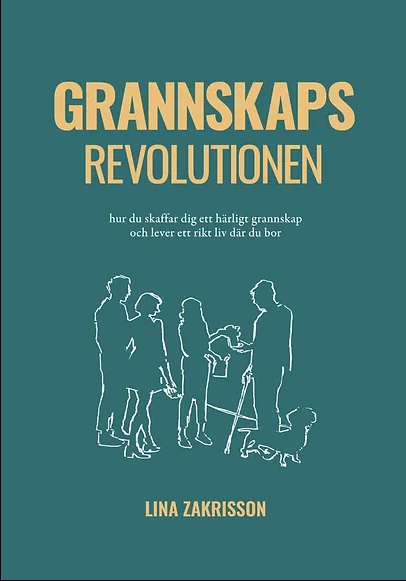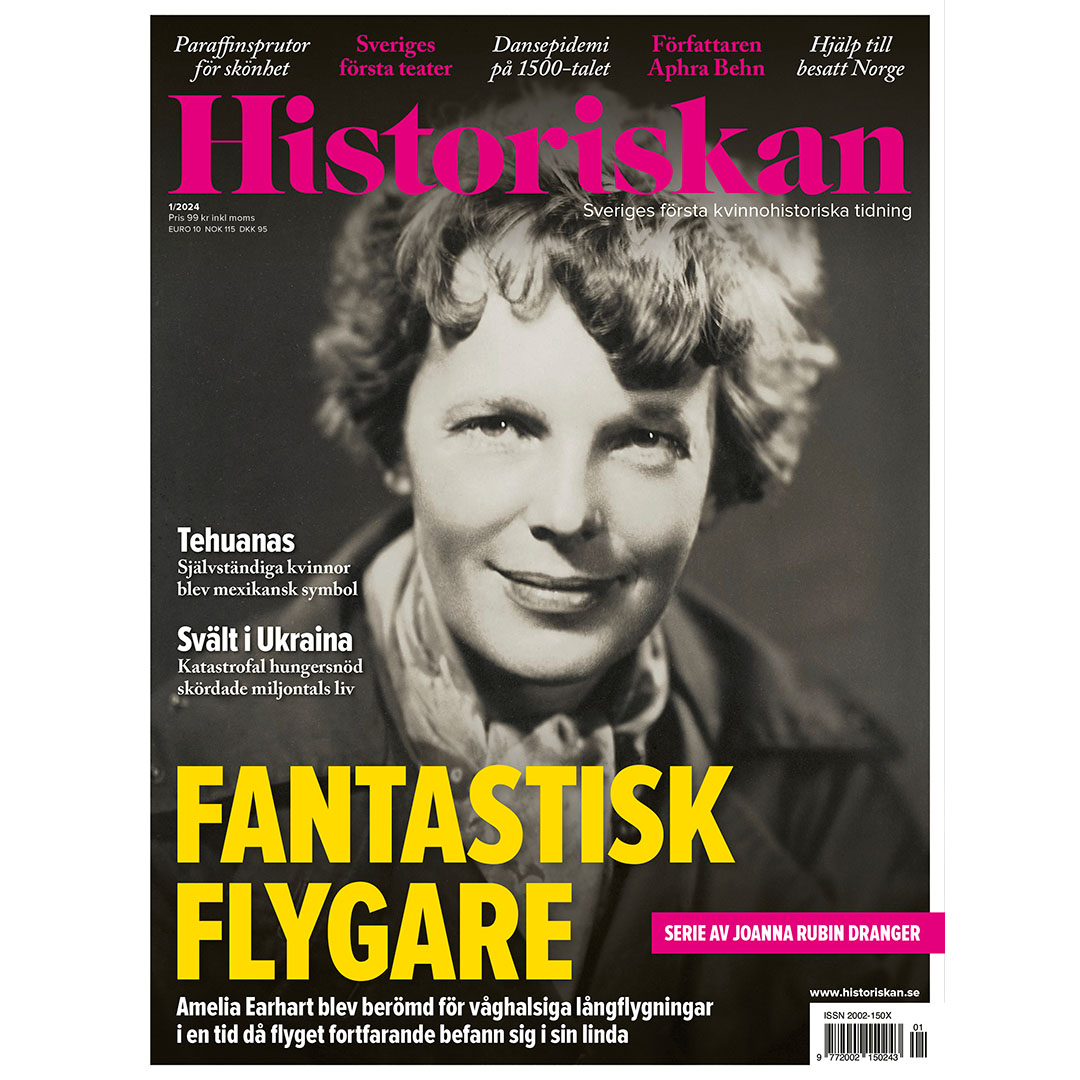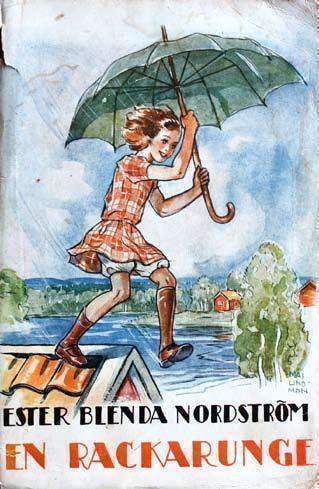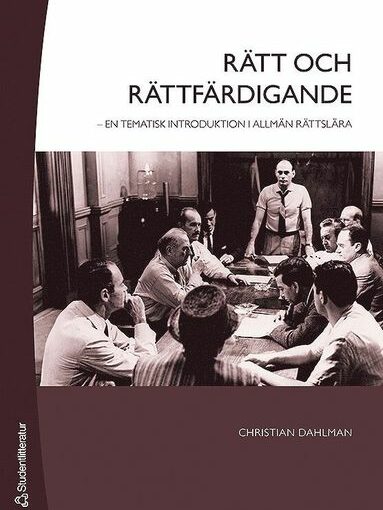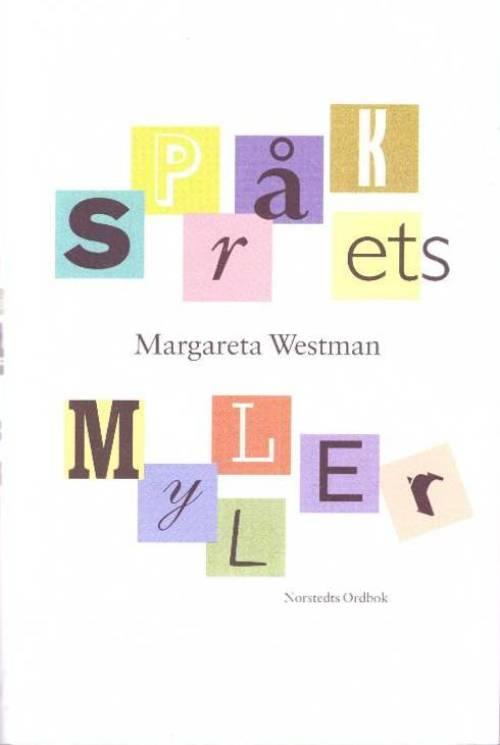The theme for issue 2/2024 of Karavan was “text och textil,” which led to an interesting mix of fiction focused on textiles as well as how textiles have functioned as vehicles of meaning and narrative.
This issue’s author interview was with Nicaragua’s Sergio Ramírez, and as a result two more books ended up on my TBR (Margarita, How Beautiful the Sea and The Sky Weeps for Me). You don’t usually see commercial genre fiction like mystery thrillers get a lot of discussion space in fancy literature circles (unless they’re Raymond Chandler) so I’m especially curious to see what The Sky Weeps for Me is like. Maybe an exception was made because Ramírez was very clear in the interview that the genre was the best tool he had for conveying political upheaval as he wanted to. Who knows! The other big author feature was a memorial piece on Maryse Condé, who passed away earlier this year. Luckily for me, several of her books are available at the Stockholm library, including a few in the original French.
This issue’s Diary of a Translator feature was from Anna Gustafsson Chen, who is at work on a Swedish translation of Liu Qing’s History Through Words. History is a sprawling novel of political upheaval in 1920s and 1930s Manchuria, so Chen describes her dive into Chinese advertisements, propaganda posters, and the numerous anti-Japanese resistance movements of the time.
The long-form reviews included a pair of novels from Benjamín Labatut, Shehan Karunatilaka’s extremely hyped and much-lauded The Seven Moons of Maali Almeida, and a few novels from César Aira. The Labatut review was pretty lukewarm, but I’ve heard a lot about Seven Moons in a lot of different places, so I could be tempted into picking that one up. Aira’s novels were also pretty well reviewed and the one that sounded the most interesting ended up on my TBR. Less a review and more of a news item was a brief piece on the publication of letters between some of the titans of Latin American literature in a collection called Las Cartas del Boom. Interesting to note but currently only available in Spanish, so not much I can do there!
None of the shorter reviews caught my interest, though apparently The Three Body Problem has finally come out in Swedish! (Translated by Anna Gustafsson Chen from the earlier “Diary of a Translator” segment.) The state of science fiction and fantasy published in Swedish, whether originally or in translation, is a bit anemic so it’s encouraging to see huge titles like this get a Swedish release. Less encouraging that it only came out in 2024 (the original was published in 2006; the English translation came out in 2014), but more encouraging again that it’s a translation directly from Mandarin rather than indirectly via the English.
The themed selections took a surprisingly wide and educational tack. The first was a revised and expanded essay from Maria Küchen, originally broadcast on OBS P1, on weaving, stories, and memory: the Andean record-keeping knots known as khipu that we no longer know how to interpret, Malian bógólanfini, the core rope memory that helped send American astronauts to the moon, death shrouds from Windover pond.
The next piece was another author memorial, this time in the form of an interview with author Ericah Gwetai about her late daughter Yvonne Vera, also a writer. Karolina Jeppson visited Gwetai at her home in Zimbabwe to discuss Vera, sewing her own clothing, and the similarities between writing and weaving. Vera’s The Stone Virgins also ended up on my TBR.
The third piece finally delves into literature, with a short story from Karavan favorite Xi Xi, translated into Swedish as “Blusen”: a fantastic monologue from a cotton blouse to its new owner. Karavan features a lot of poetry from Xi Xi that I’ve struggled to enjoy (including this issue), but this little story was a gem and I loved it! Unfortunately, it’s unclear if the collection it was taken from has been translated in its entirety yet, so…that’s all, folks. The final Xi Xi piece in this issue was a collection of teddy bears Xi Xi designed and sewed herself, based on figures out of Chinese history and stories, selected from The Teddy Bear Chronicles.
Back to nonfiction, this time with an essay and artist statement from Marcia Harvey Isaksson. She combines weaving with performance art, and I’m disappointed that I’ve missed some of her most interesting installations.
Some more poetry, this time from Tamer Fathy’s poetry collection Yesterday I Lost A Button. All of the poems are from the perspective of clothing; one of the ones featured in Karavan is available in English: “When Clothes Were Small.”
The next short story was “Mattan,” from Narine Abgarjan, which was so good that I immediately put Abgarjan’s full-length novels on my TBR.
More weaving and multimedia art, this time from Eva Vargö‘s collection of paper weaving. It shouldn’t surprise me that people weave with paper, but there you go. Vargö goes into some detail about the differences in different kinds of paper, and focuses a lot on traditional paper materials from Japan and Korea.
Usually I skip the children’s literature sections, but this time it caught my eye: an interview with Christian Epanya about his latest book, Les rois de la sape, a picture book about sapeurs and La SAPE (Société des Ambianceurs et des Personnes Élégantes). La sape is a cross between a fashion trend and a social movement originating in Congo-Kinshasa and Congo-Brazzaville that has become a part of the larger African diaspora, usually compared to dandyism. It’s even been codefied (somewhat) into, for example, ten commandments of La SAPE. While I don’t have any particular reason to read the book, the article did send me down a fascinating rabbithole and I learned something new.
The education continued with an article from Tina Ignell on different forms of dying and patterns in textiles, from shibori in Japan and bandhani in West Bengal to grave goods in Peru and neckerchiefs in Mora, Sweden.
The next short story from Irenosen Okojie was a Swedish translation of “Synsepalum” by Birgitta Wallin. I don’t know that I cared for it much, but that might have been a matter of translation, so I’m glad that Minor Literature has the English original up for free for comparison.
The final piece on the textiles theme was an essay by Lars Vargö on costumes in kabuki and noh theater, and how their use reflects the different theatrical styles and traditions.
Solid issue! Too many books! Can’t hug every cat!

